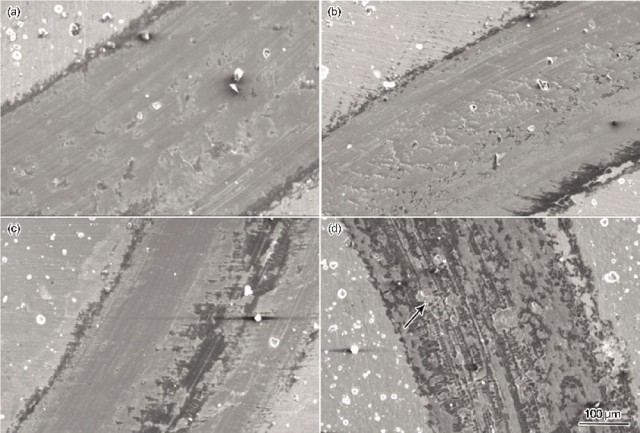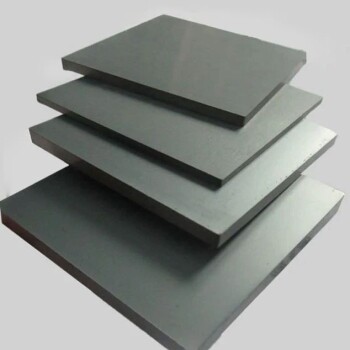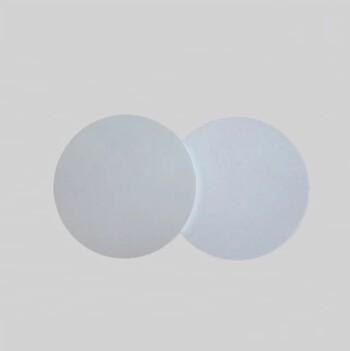Plasma Enhanced Chemical Vapor Deposition (PECVD)
Plasma Chemical Vapor Deposition of TiN
Plasma Enhanced Chemical Vapor Deposition (PECVD) technology is a sophisticated method used for depositing Titanium Nitride (TiN) coatings. This process involves a series of precise steps and the careful management of several key parameters to ensure the quality and uniformity of the deposited film.
Equipment Setup and Operational Steps
The equipment setup for PECVD of TiN typically includes a vacuum chamber where the substrate is placed. The substrate, which is the material to be coated, is positioned in such a way that it can be uniformly exposed to the reactive gases and plasma. The operational steps begin with the evacuation of the chamber to create a vacuum environment, which is essential for the deposition process. Following this, reactive gases such as nitrogen (N₂) and hydrogen (H₂) are introduced into the chamber. A high-frequency electric field is then applied to ionize these gases, creating a plasma. The plasma reacts with titanium tetrachloride (TiCl₄), which is also introduced into the chamber, to form TiN. The chemical reaction can be represented as:
[ 2TiCl₄ + N₂ + 4H₂ → 2TiN + 8HCl ]
Key Process Parameters
Several key process parameters must be meticulously controlled to achieve optimal TiN deposition. These parameters include:
- Pressure: The pressure within the chamber is critical as it affects the mean free path of the gas molecules and the plasma density. Typical pressures range from a few millitorr to several torr.
- Voltage and Current: The voltage applied to the electrodes and the resulting current are crucial for maintaining the plasma. These parameters influence the energy of the ions and the overall deposition rate.
- Gas Ratios: The ratios of the reactive gases (N₂, H₂, and TiCl₄) must be carefully balanced to ensure the correct stoichiometry of the TiN film. Deviations in these ratios can lead to the formation of unwanted byproducts or non-uniform coatings.
Comparison with PVD Processes
In contrast to Physical Vapor Deposition (PVD) processes, which operate at much lower temperatures (400 – 600°C), PECVD allows for the deposition of TiN at higher temperatures (850 – 1100°C). This higher temperature range enables better adhesion and denser coatings, making PECVD particularly suitable for applications requiring high wear resistance. However, the choice between PECVD and PVD often depends on the specific requirements of the application, including the geometry of the components and the desired coating properties.
Applications and Benefits
TiN coatings deposited via PECVD are widely used in various industries, including electronics, optics, and cutting tools. The benefits of PECVD-deposited TiN include enhanced wear resistance, improved surface hardness, and better thermal stability compared to PVD-deposited coatings. Additionally, PECVD allows for the deposition of coatings on complex geometries and multi-layered structures, making it a versatile technique for a broad range of applications.
Plasma Chemical Vapor Deposition of Si3N4
The Plasma Enhanced Chemical Vapor Deposition (PECVD) process for depositing Si₃N₄ involves a sophisticated device setup and a meticulously managed gas system. The deposition process is initiated within a vacuum chamber where the substrate is placed. This chamber is equipped with RF (Radio Frequency) electrodes that generate a plasma from the reactive gases introduced into the system, primarily silane (SiH₄) and ammonia (NH₃).
Key to the successful deposition of Si₃N₄ is the precise control of the gas flow rates and the power supplied to the RF electrodes. The gas flow rates directly influence the concentration of reactive species within the plasma, which in turn affects the deposition rate. Higher gas flow rates generally result in higher deposition rates, but this must be balanced against the need for film uniformity.
The RF power applied to the electrodes not only sustains the plasma but also determines the energy of the ions and radicals that participate in the deposition process. Higher RF power typically leads to a more energetic plasma, which can enhance the deposition rate but may also increase the likelihood of defects such as pinholes or non-uniformities in the film.
Other critical factors include the chamber pressure and the temperature of the substrate. The pressure within the chamber affects the mean free path of the reactive species, influencing how they interact with the substrate surface. Lower pressures can enhance the deposition rate but may also lead to less uniform films due to fewer collisions between reactive species. The substrate temperature is another crucial parameter; it affects the mobility of the deposited species on the substrate, influencing the film's microstructure and mechanical properties.
In summary, the PECVD process for Si₃N₄ deposition is a complex interplay of device setup, gas system management, and careful control of key parameters such as gas flow rates, RF power, chamber pressure, and substrate temperature. Each of these factors must be optimized to achieve a high deposition rate while maintaining excellent film uniformity and quality.
Related Products
- Inclined Rotary Plasma Enhanced Chemical Vapor Deposition PECVD Equipment Tube Furnace Machine
- RF PECVD System Radio Frequency Plasma-Enhanced Chemical Vapor Deposition RF PECVD
- Inclined Rotary Plasma Enhanced Chemical Vapor Deposition PECVD Equipment Tube Furnace Machine
- Chemical Vapor Deposition CVD Equipment System Chamber Slide PECVD Tube Furnace with Liquid Gasifier PECVD Machine
- Custom CVD Diamond Coating for Lab Applications

















